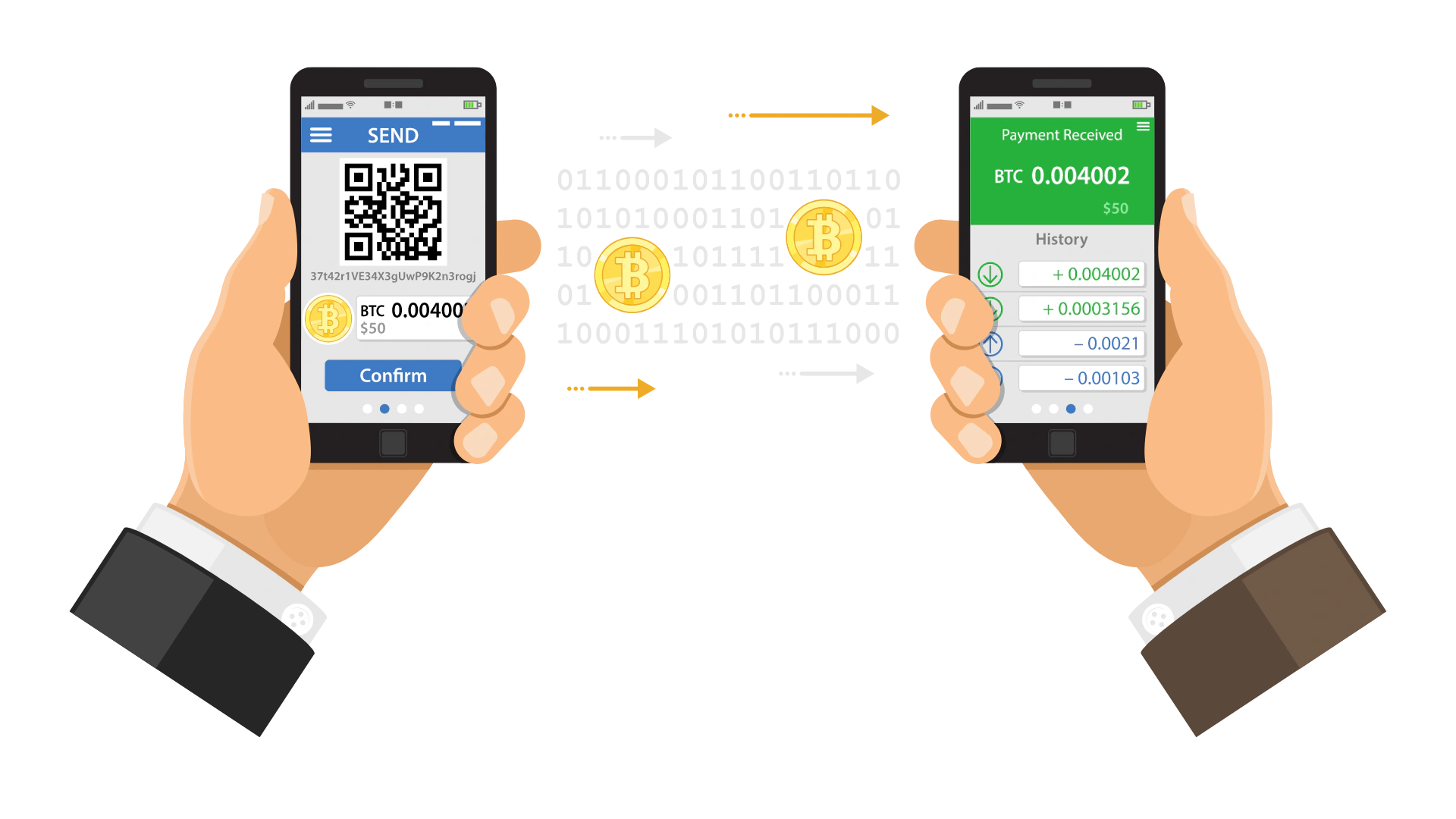How to Create Your Own Cryptocurrency Wallet: A Beginner's Guide

Cryptocurrency wallets are essential tools for anyone interested in the world of digital assets. They're like your personal bank accounts for cryptocurrencies, allowing you to securely store, send, and receive various coins and tokens. In this guide, we'll break down the process of creating your own cryptocurrency wallet, ensuring you have the knowledge to safeguard your valuable investments.
Types of Cryptocurrency Wallets
Before we dive into creation, it's important to understand the different types of wallets available:
- Hot Wallets:
- These wallets are connected to the internet, making them convenient for frequent transactions.
- Popular options include mobile wallets (like Coinbase Wallet or Trust Wallet) and web wallets (like MetaMask).
- While user-friendly, hot wallets are generally considered less secure than cold wallets.
- Cold Wallets:
- These wallets are offline and not connected to the internet, offering a higher level of security against hacking attempts.
- Common examples are hardware wallets (like Ledger or Trezor) and paper wallets.
- Cold wallets are ideal for long-term storage of larger amounts of cryptocurrency.
Steps to Create a Cryptocurrency Wallet
The process of creating a wallet varies depending on the type you choose. Here's a general outline:
- Choose a Wallet Type: Decide whether you prefer the convenience of a hot wallet or the enhanced security of a cold wallet. Consider your level of experience and how often you plan to transact.
- Select a Provider: If you opt for a hot wallet, choose a reputable provider with a strong track record of security and user-friendliness. Research different options and compare their features.
- Download and Install: For most hot wallets, you'll need to download an app or software onto your device. Follow the instructions provided by the wallet provider.
- Set Up Security Measures:
- Create a strong password or PIN.
- Enable two-factor authentication (2FA) for an additional layer of security.
- Write down your seed phrase (a recovery phrase) and store it in a safe, offline location.
- Transfer Cryptocurrency: If you already own crypto, you can transfer it to your new wallet by entering the wallet's public address. If you're starting fresh, you can purchase crypto directly through many wallet providers.
Best Practices for Wallet Security
- Never Share Your Private Keys: Your private keys are like the passwords to your wallet. Keep them confidential.
- Beware of Phishing Scams: Don't click on suspicious links or share your personal information with unverified sources.
- Update Your Software: Wallet providers regularly release updates to improve security and functionality.
- Back Up Your Wallet: Create regular backups of your wallet data, especially your seed phrase.
Need Expert Help?
At Associative, we specialize in blockchain development, including the creation of secure and user-friendly cryptocurrency wallets. Whether you're an individual or a business, we can help you design a custom wallet solution that meets your specific needs. Contact us today to learn more about our services!
Conclusion
Creating your own cryptocurrency wallet is a crucial step in taking control of your digital assets. By understanding the different wallet types and following best practices for security, you can confidently navigate the exciting world of crypto.

























